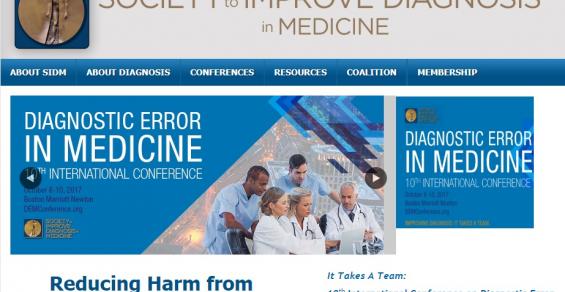Two speakers at the recent American Association of Bovine Practitioners meeting said veterinarians can reduce diagnostic error by changing the way they think.
Mark Graber, an M.D. and professor emeritus of medicine at the State University of New York at Stony Brook, said diagnostic error is about 10% in human medicine. Dr. John Gay, Diplomate ACVPM, Field Disease Investigation Unit with Washington State University, said studies have suggested the error rate is at least that high in veterinary medicine.
Graber pioneered efforts to address diagnostic errors in medicine, and he founded and chaired the Diagnostic Error in Medicine conference series, the Society to Improve Diagnosis in Medicine, and the journal Diagnosis.
Graber explained the problem comes from the way doctors and veterinarians think. Most often they simply “recognize” the problem from previous experience. Once that happens, they get a case of what he calls “premature closure.”
Put another way, it means once doctors and veterinarians make the initial diagnosis they usually don’t ask themselves again what else it could be.
This is completely natural for our species, Gay said, as we are literally wired to make the easiest and least costly reasoning error, and to rely to a large degree on our subconscious mind, even though we believe we are reasoning carefully.
The universal antidotes, Graber said, are to ask yourself again after heuristic diagnosis, “What else could this be?” Then realistically consider other options, and to be comprehensive in your analysis.
Consider using a checklist, he added. Checklists are available under the Tools for Clinicians tab at www.improvediagnosis.org.
Context is everything, Graber said. Once you “see” the diagnosis in your first light, you’ll have to work hard to see it any other way. But it can be done.




Leave A Comment